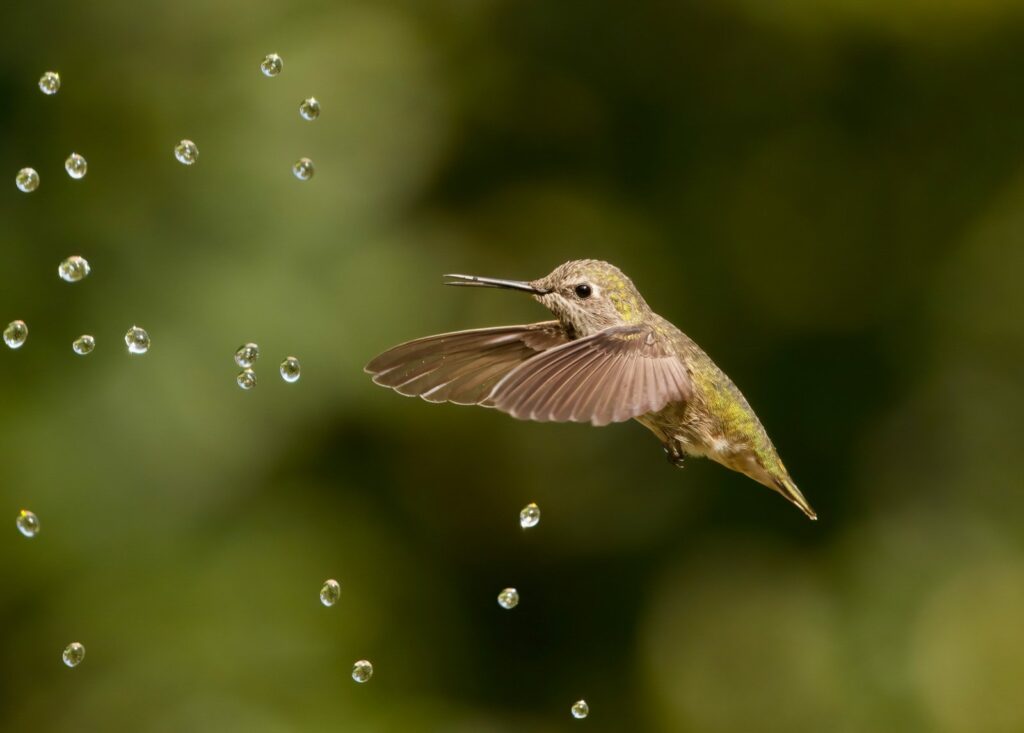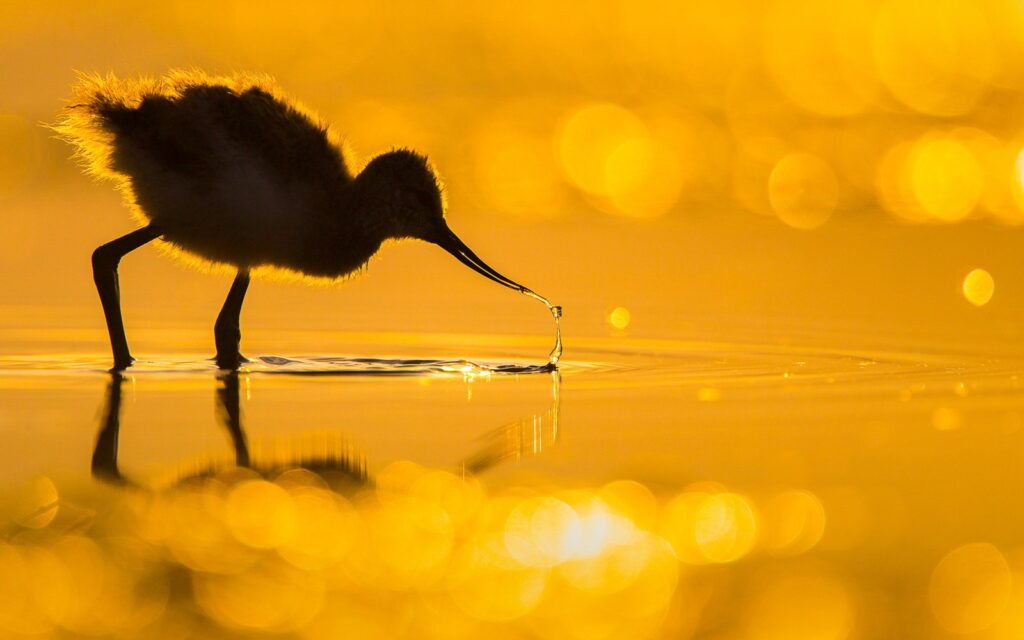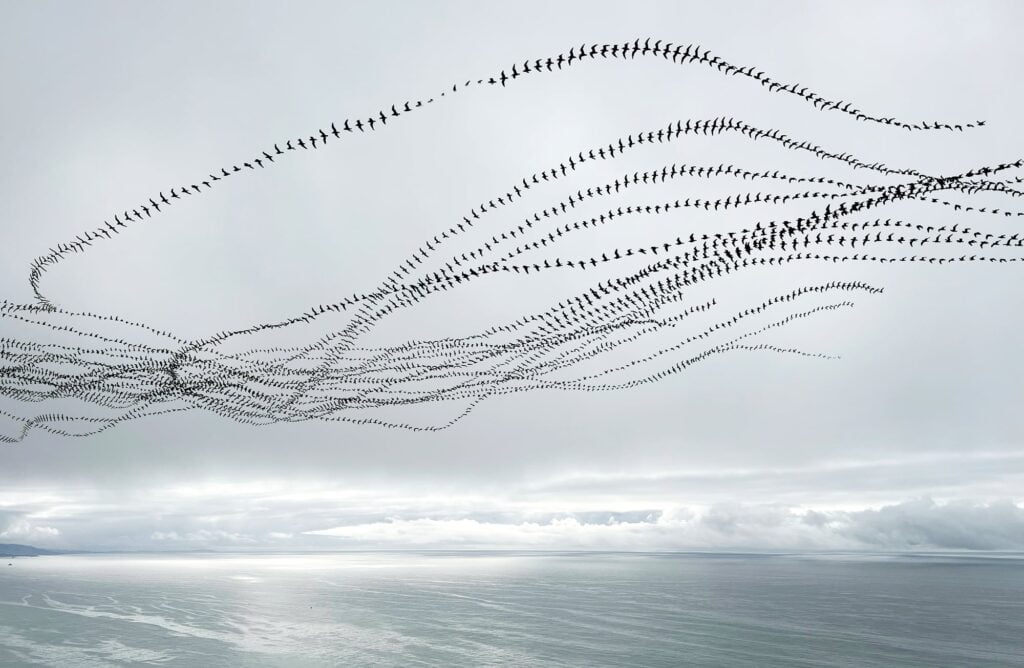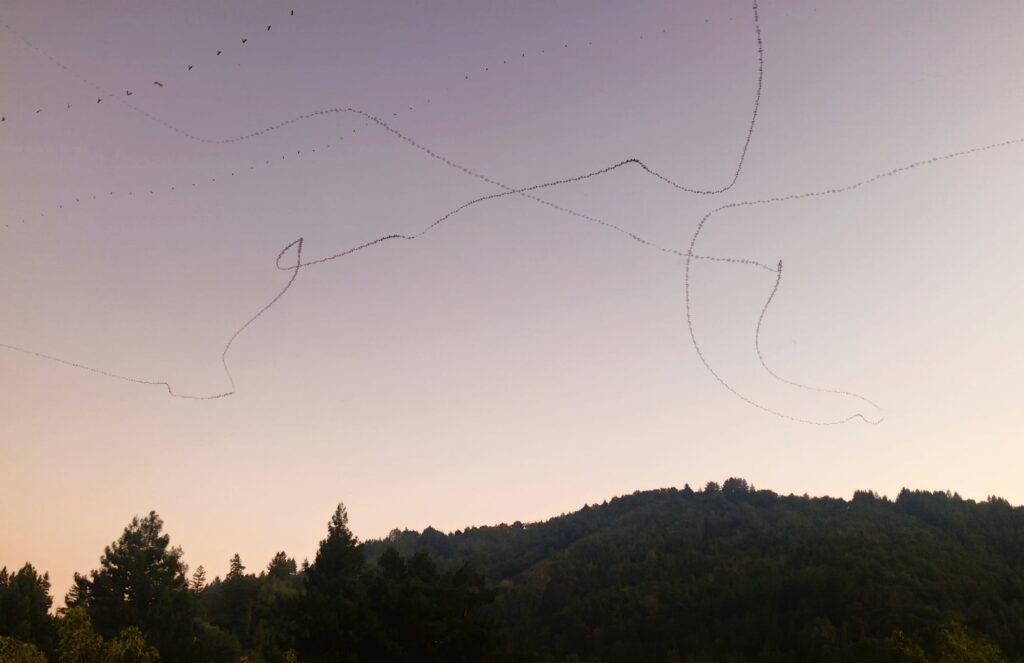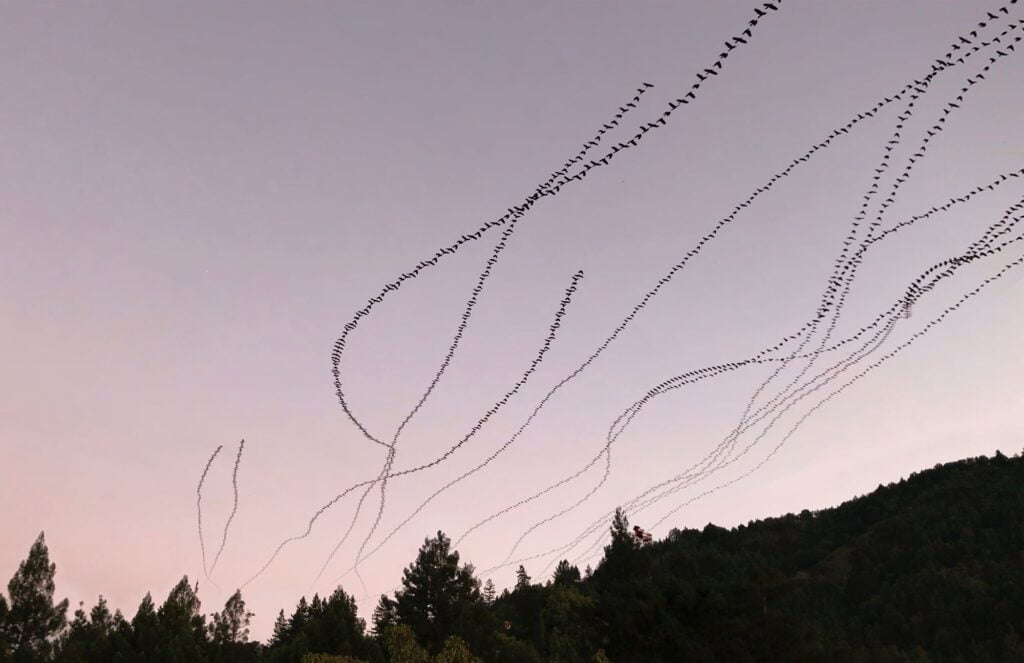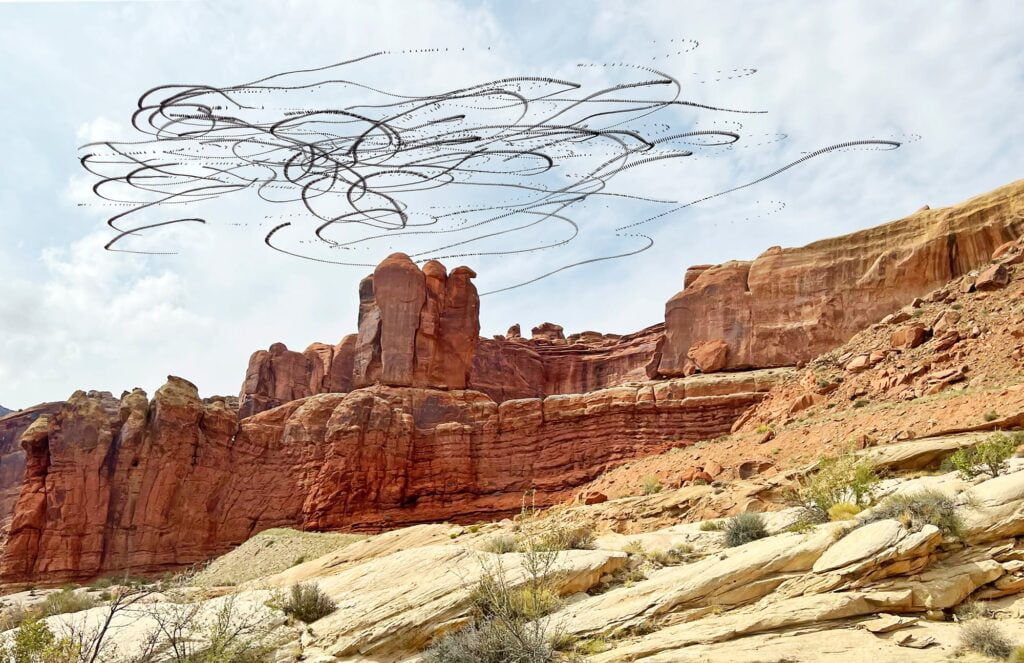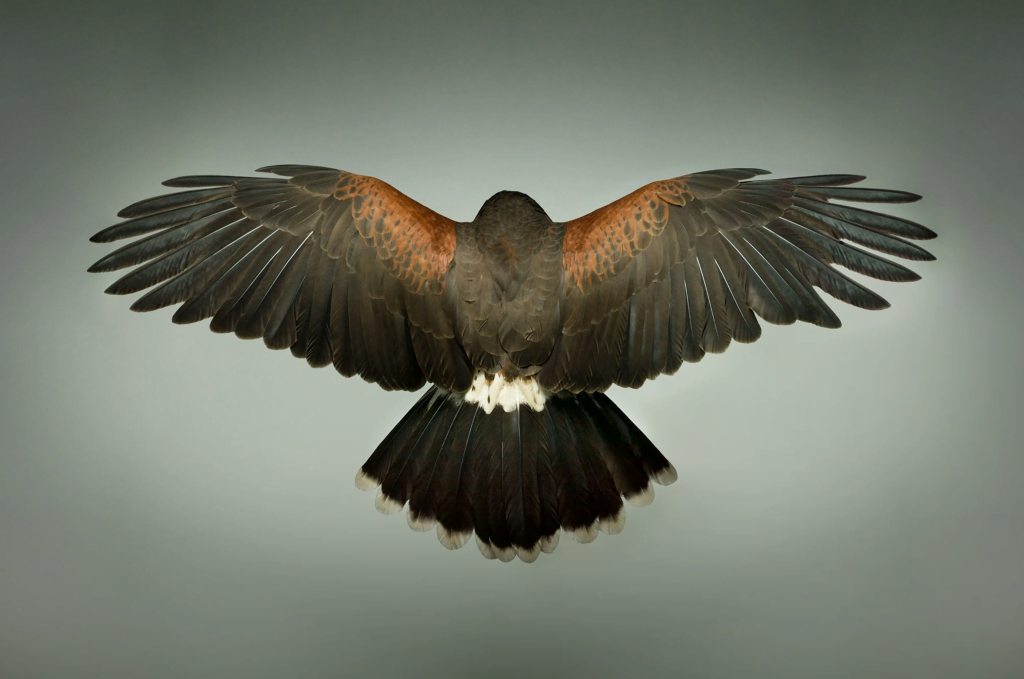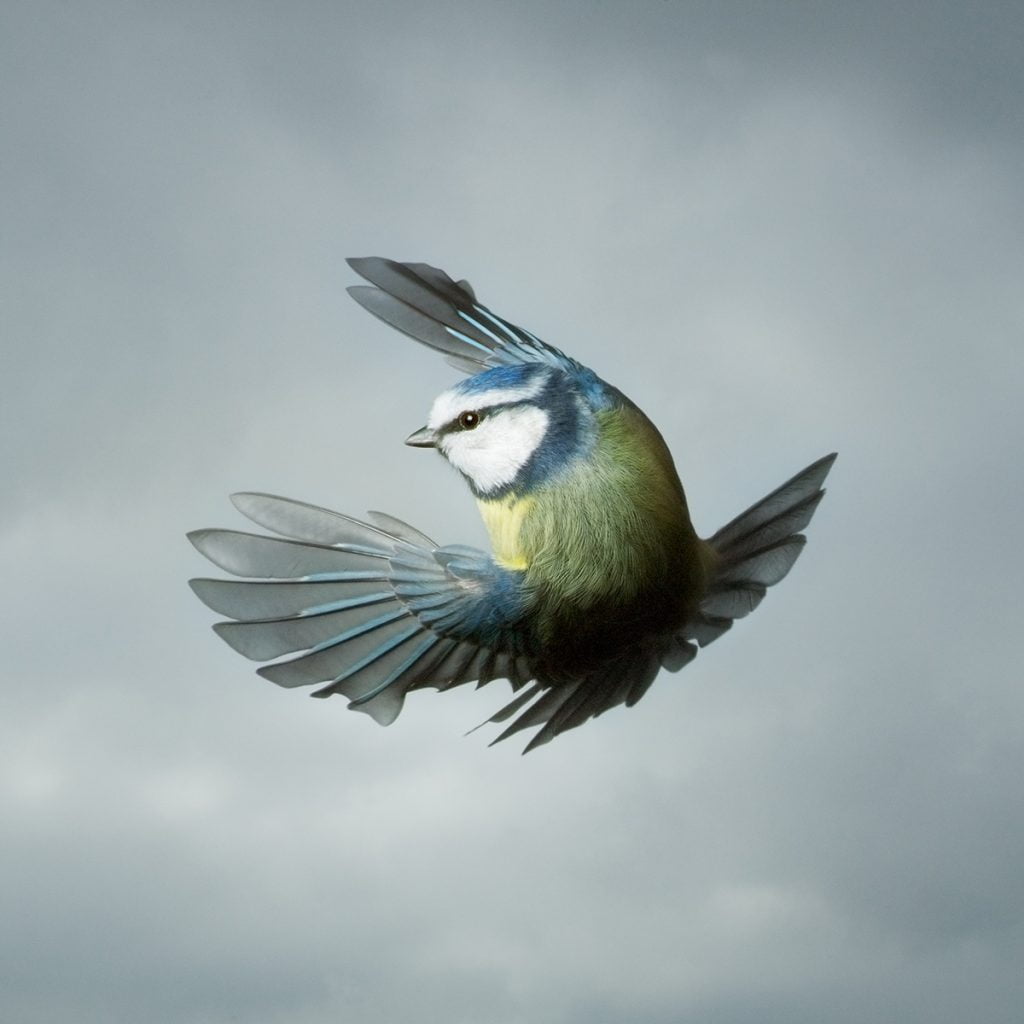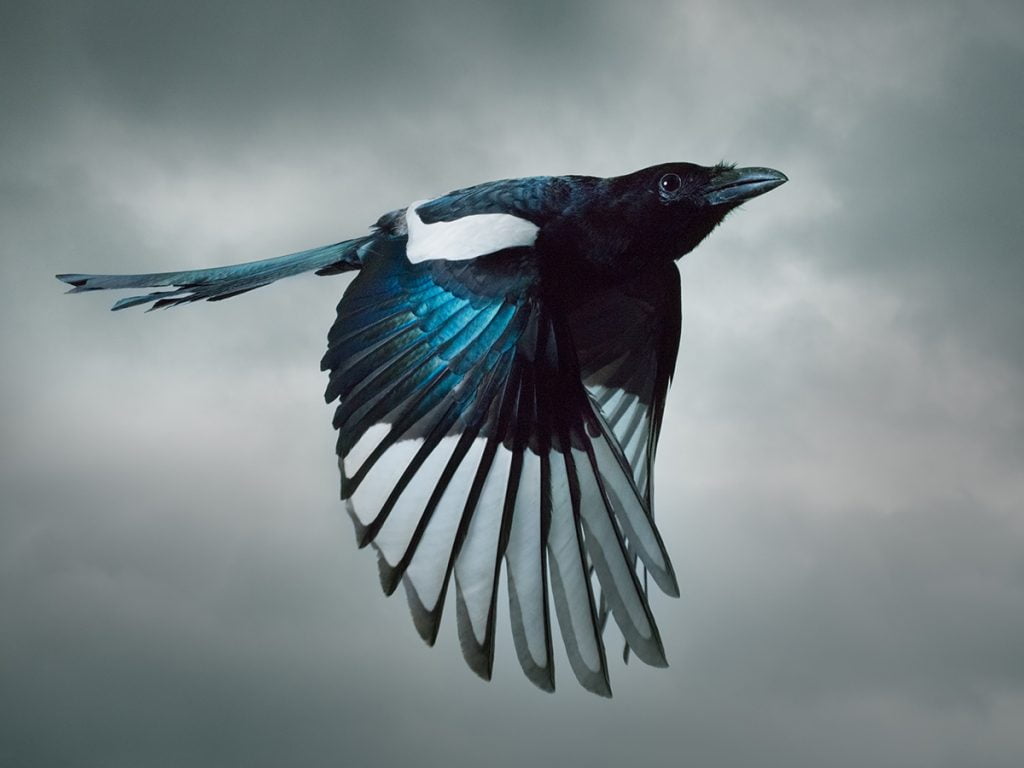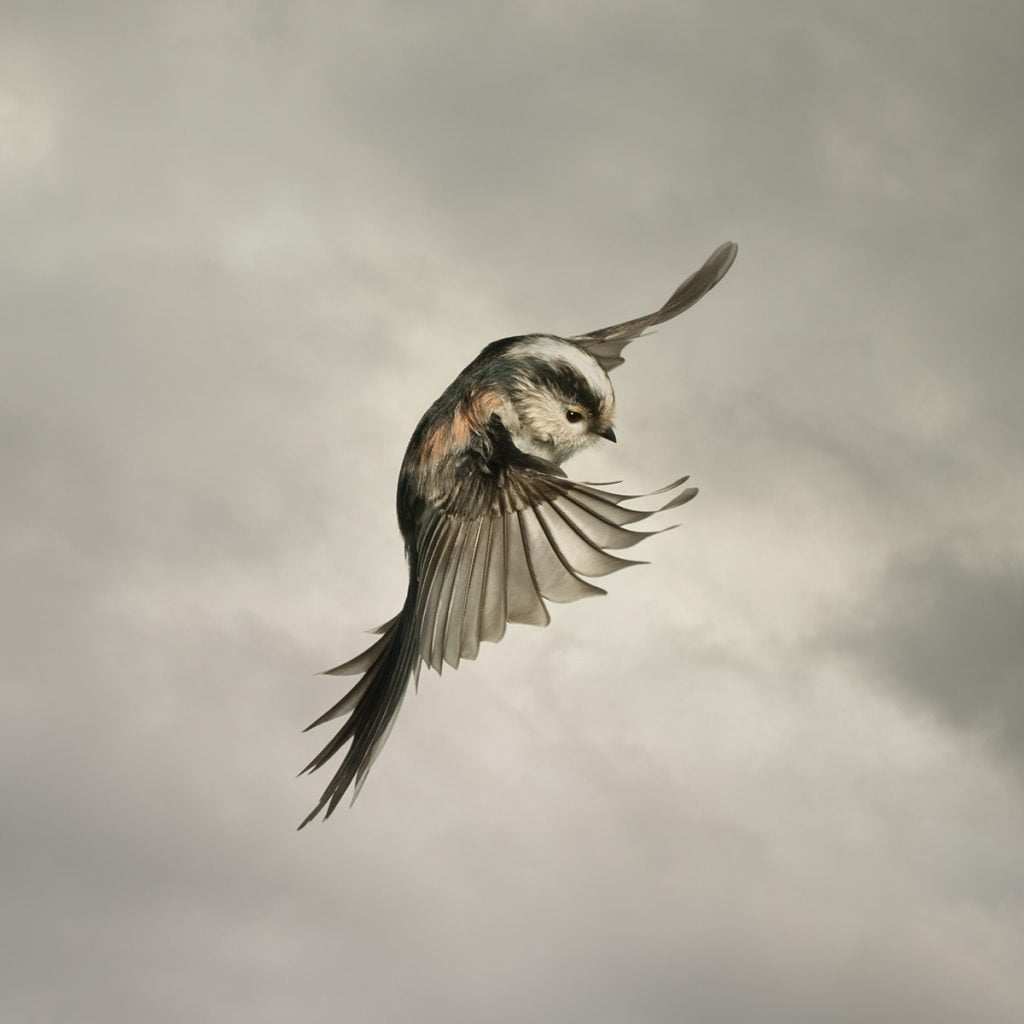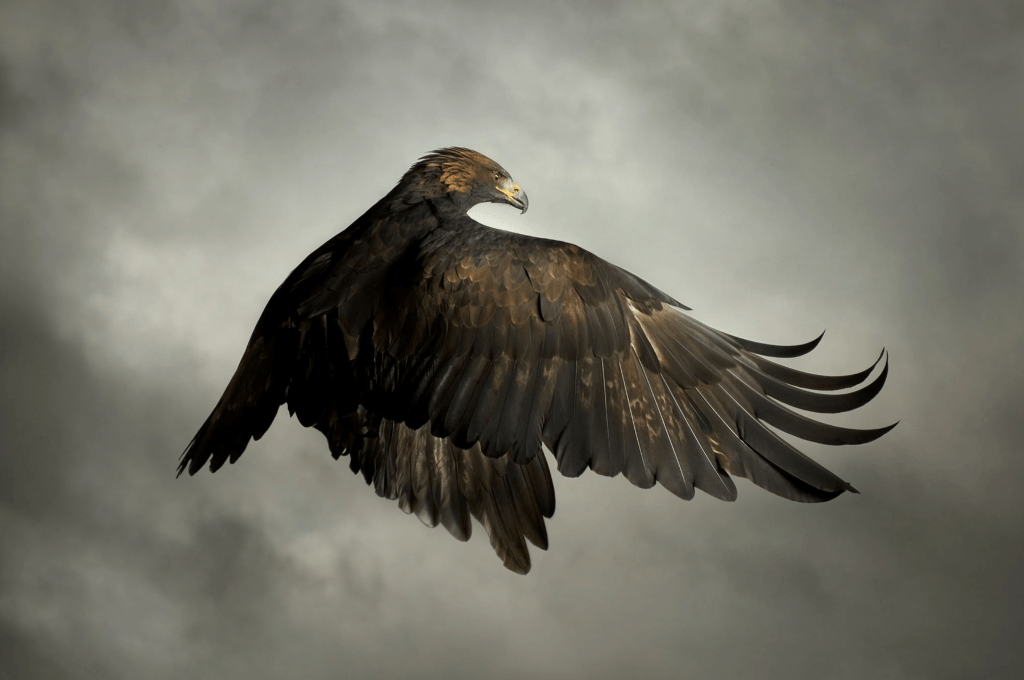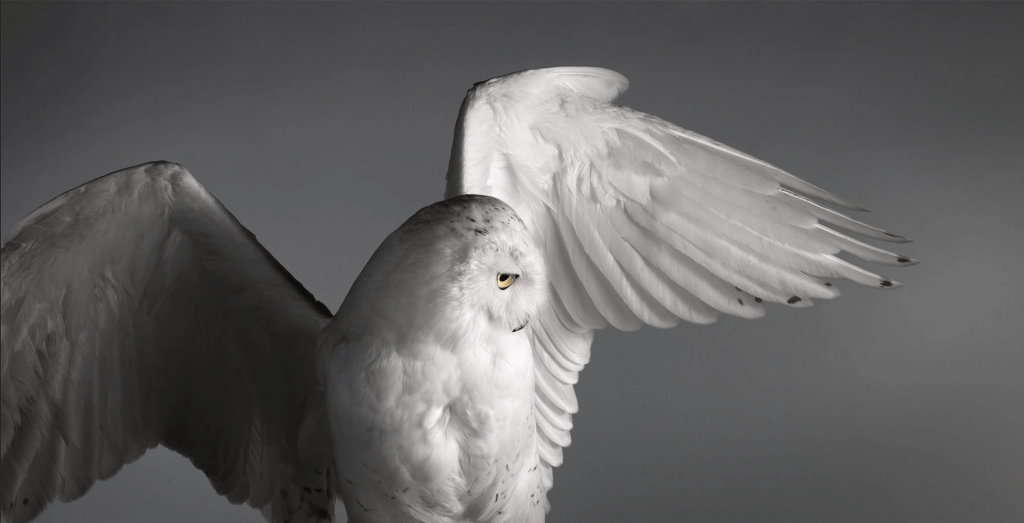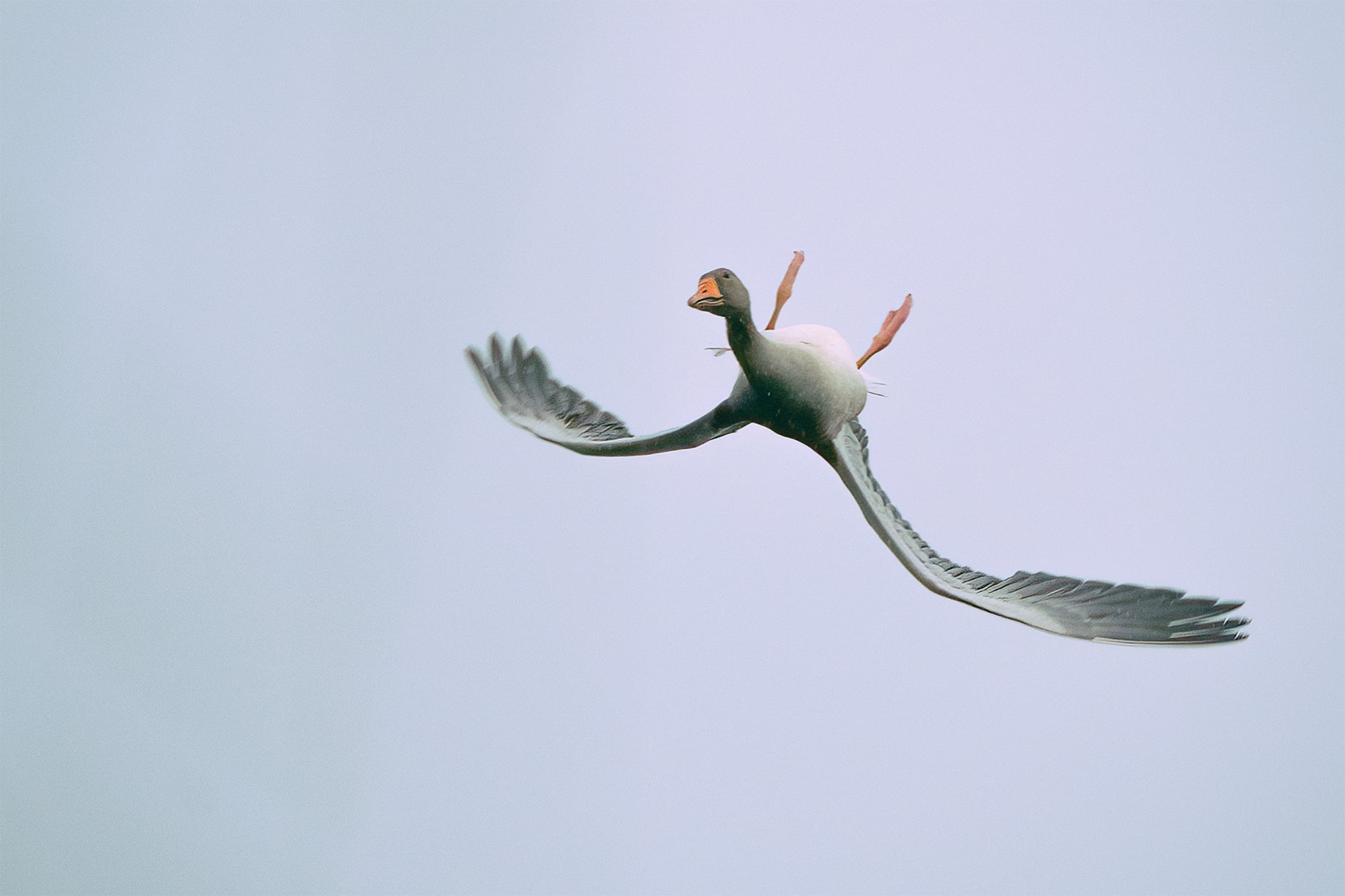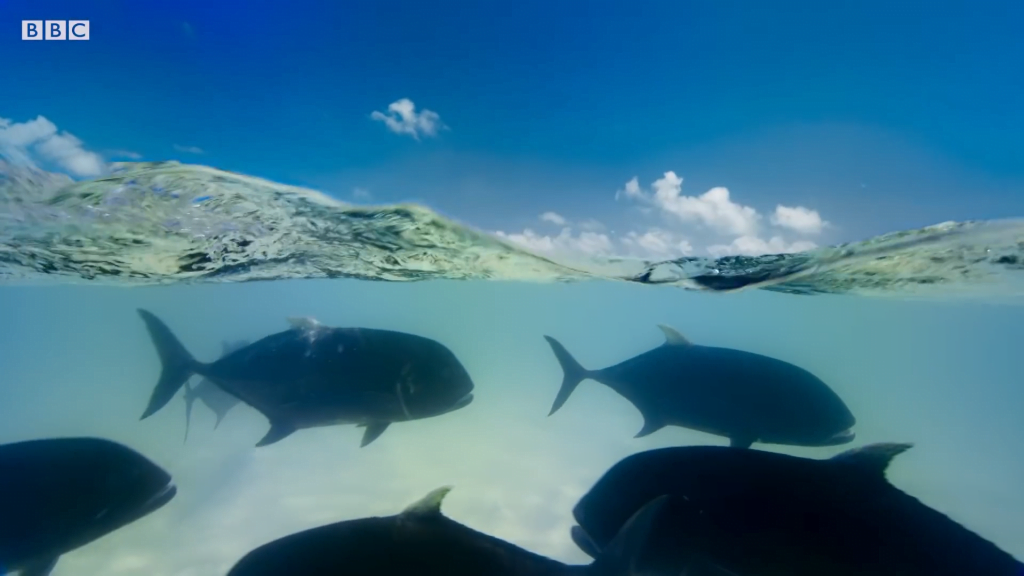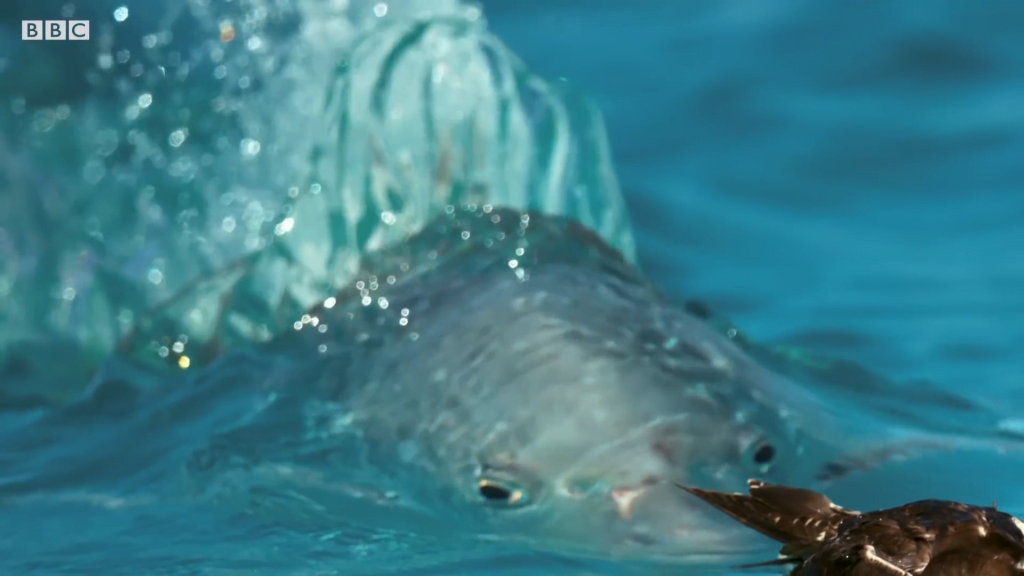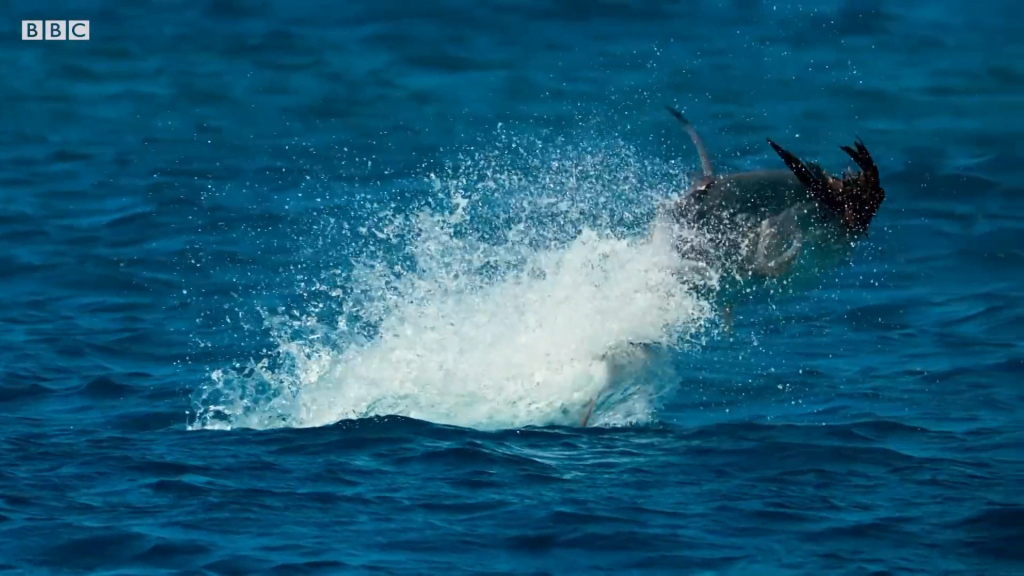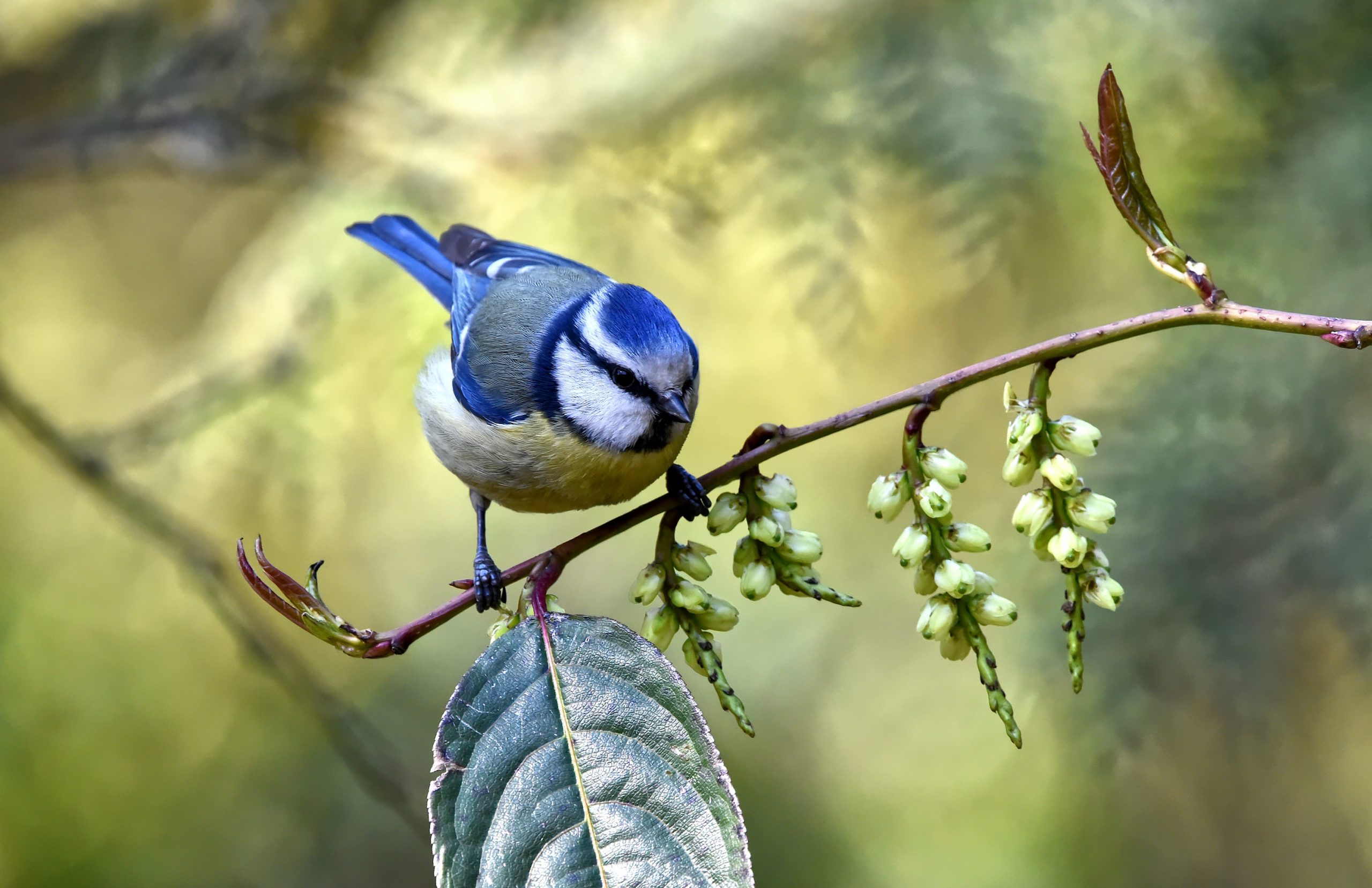Try as we might, humans cannot understand fluid dynamics as birds do. Whether they are primarily flyers or swimmers, birds have an innate understanding of lift and other aerodynamic forces that put the best engineers to shame. Shown here are a subset of winners from the 2022 Bird Photographer of the Year competition, each of them showing off fluid dynamics in some fashion. Hummingbirds hover, droplets shine like diamonds, and divers brace for impact. You can peruse more winner at BPOTY’s website. (Image credits: Various; see alt text of individual images)
Tag: birds

Perching Aerodynamics
When birds come in for a landing, they pitch back and heave their wings as they come to a stop in a perching maneuver. Some birds, researchers noticed, partially fold their wings during the move, creating what’s known as a swept wing. Curious as to the effect of this sweep, the team recreated the wing motion of a perching bird using two flat plates — one rectangular and one swept — and measured the flow around them during the maneuver. They found that the swept wing had greater lift, thanks to a spanwise flow inherent to swept wings that helped stabilize the leading-edge vortex. (Image credit: D. George; research credit: D. Adhikari et al.; via APS Physics)

Portraits of Flight
During lockdown, photographer Doris Mitsch turned her eyes to the sky and began capturing these mesmerizing composite images of animals in flight. Vultures, crows, starlings, gulls, and bats all feature in her series. Some images, like “Lockdown Vulture (Signature)”, feature a single bird’s movement over a minute. Others show entire flocks over extended periods.
I love how the images capture a sense of speed. Given equal timing between images, the lines with more space between each snapshot of a bird indicate a faster speed. It’s a bit like having particle image velociometry frames stacked atop one another! (Image credit: D. Mitsch; via Colossal)

“In Flight”
Photographer Mark Harvey captured these stunning portraits of birds in flight. From acrobatic songbirds to soaring raptors, the images show the incredible morphology of a bird’s wing during flight. Most birds are constantly changing their wing shape to generate lift, change trajectory, and stabilize their flight. Note the separation between the flight feathers in all of these birds. Those gaps are thought help break up the birds’ wingtip vortices, thereby reducing their induced drag. You may also notice that the owls in Harvey’s photos have feathers that look a bit different from the other birds; owls have adaptations in their feathers that help damp out turbulence, which makes them quieter in flight. Prints of Harvey’s images are available on his website. (Image credit: M. Harvey; via Colossal 1, 2)

Swimming in Line
When swimming in open waters, it pays to keep your ducks (or your goslings!) in a row. A recent study examined the waves generated behind adult water fowl and found that babies following directly behind them benefit from their wake. In the right spot behind its mother, a duckling sees 158% less wave-drag than it would when swimming solo. That’s such a large reduction that the duckling actually gets pulled along! And the advantage doesn’t just help one duckling; a properly-placed duckling passes the benefit on to its siblings as well. So any duckling that stays in line has a much easier time keeping up, but those who slip out of the ideal spot will have a much tougher time. (Image credit: D. Spohr; research credit: Z. Yuan et al.; via Science News; submitted by Kam-Yung Soh)

Starlings Over Rome
Each winter millions of starlings migrate to Rome, where they form enormous murmurations in the sky above. The ephemeral and amorphous displays are driven by each bird responding to its neighbor’s motions. But the slight delay in individual responses gives the flock as a whole a wave-like, fluid appearance. Behaviors like this help protect the starlings from predators while they search out places to roost.
As neat as the displays are, though, they come with some real downsides, as the latter part of this video reveals. I don’t know about you, but I wouldn’t want to park my car outside in that storm! (Video credit: BBC Earth)

Whiffling Geese
This wild photograph shows a goose flying upside down with its head turned 180 degrees in a behavior known as whiffling. In this orientation, the bird’s typical lift characteristics are reversed, but as you can see in the video below, this doesn’t exactly make them fall out of the sky. I suspect the geese compensate by changing their angle of attack (unless descending rapidly is their goal). There are numerous theories as to why the birds whiffle, including escaping hunters by using an erratic flight path or just showing off to the other geese. Maybe they’re just out to have a little fun! (Image credit: V. Cornelissen; video credit: Flightartists Project; via Colossal; submitted by jpshoer)

Hovering Hawk
Birds have a level of control in flight that would make any engineer jealous. This 2021 Audubon Photography Award winning video by Bill Bryant shows off the skills of a red-tailed hawk. On this occasion, the hawk is using strong winds coming off the Rocky Mountains to hover in place. Notice how active his wings and tail are in adjusting to the changes in the wind while his head is perfectly still. With his head still, the hawk can scan the ground for mice and other prey. It’s absolutely incredible to see how effortlessly the hawk is accounting for unsteadiness in the wind here! (Video and image credit: B. Bryant; via Audubon)


Fish Versus Bird
You’ve seen birds catch fish, but have you ever seen a fish that catches birds? In this video, giant trevally fish hunt fledgling terns — including those in flight! To do so, the fish must correctly assess the bird’s speed and trajectory across the water interface, a feat reminiscent of the archer fish’s aim. They also need the power and control to leap from the water and catch the birds in their mouth without relying on the suction technique so many fish use underwater. (Image and video credit: BBC Earth, from “Blue Planet II”)

Loopy Networks and Bird Lungs
When mammals breathe, air flows back and forth inside our lungs. But in birds that inhale and exhale get transformed into one-directional flow inside their lungs. To figure out how, researchers built loopy networks of pipes that turn oscillating flow into unidirectional flow.
The simplest structure that does this is shown above. The main loop is driven by a pump that oscillates back and forth. A second loop connects through two T-junctions, oriented at 90-degrees to one another. Watch the particles in each loop carefully. Those in the bottom loop move back and forth, driven by the oscillating pump. But the particles in the upper loop only move in one direction! The key to this, the researchers found, are vortices that form at the T-junctions (last image). When the flow in the main loop changes direction, it creates vortices that block flow along one arm of the T-junction, thereby isolating the upper loop. (Image credit: bird – A. Mckie, others – Q. Nguyen et al.; research credit: Q. Nguyen et al.; via APS Physics; submitted by Kam-Yung Soh)

